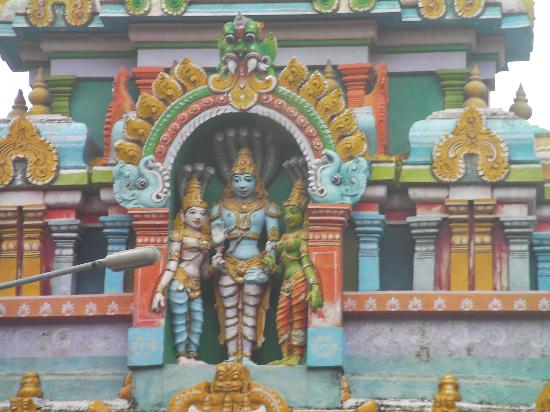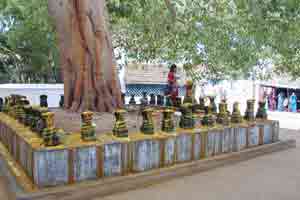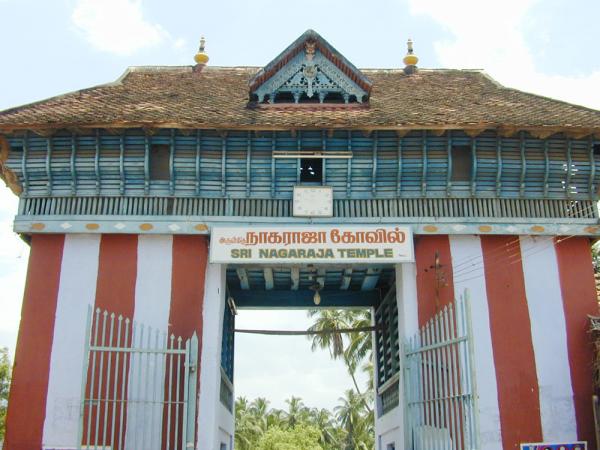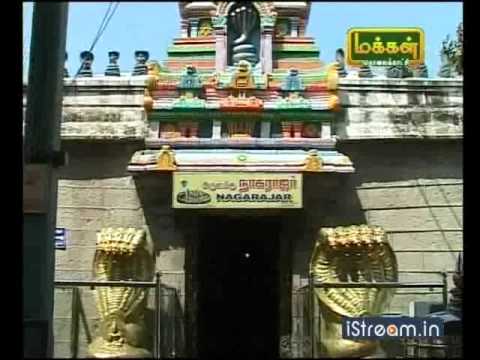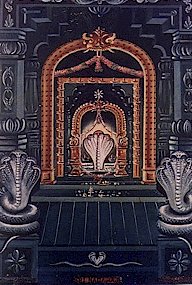Description
Nagaraja Temple is a Hindu temple worshipping Nagaraja(King of Serpents- Vasuki) situated at the heart of Nagercoil town. The name for the town Nagercoil originated from this temple. The temple has innumerable statues of serpents.
History
It is difficult to ascertain the exact age of the temple. There is no authentic epigraph to aid the historian with its chronology. The mountain Mahendragiri in the Kanyakumari district is referred to as the abode of Nagas in the Ramayana of Valmiki. From this, it can be presumed that the origin of Naga influence in the area goes back to legendary times.From the five headed-serpent deity of the temple, the name of this town Nagercoil is derived. There is a part of town called Kottar, so the old name remains.
Importance/Significance
The temple has two main deities, Krishna (reverred as Ananda Krishna) and Nagaraja. The upadevathas are Shiva, Subrahmanya Swami, Ganesha, Devi and Dwarapalaka. As ancient tradition the priests are Nabmoothiri Brahmins who are referred by Pambumekkat mana in Thrissur, Kerala. The temple has a vast pond. Devotees’consecrate Naga idols in the temple and offer milk and turmeric powder as a part of their prayers.
Facts/Mythology
Nagas are children of Kashyapa and Kadru. Among the prominent nagas of Hinduism are Manasa, Sesha, and Vasuki.The Nairs of Kerala and the ethnically related Tulu Bunts of Karnataka are clans which are believed to have originated from the serpent dynasty. Legends say that the nagas also carry the elixir of life and immortality. Garuda once brought it to them and put a cup with elixir on the ground but it was taken away by Indra. However, a few drops remained on the grass. The nagas licked up the drops, but in doing so, cut their tongues on the grass, and since then their tongues have been forked.Nagas are snakes that may take human form. They tend to be very curious. According to traditions, Nagas are only malevolent to humans when they have been mistreated. They are susceptible to mankind's disrespectful actions in relation to the environment. They are also associated with waters — rivers, lakes, seas, and wells — and are generally regarded as guardians of treasure.
Festivals/Events/Gatherings

